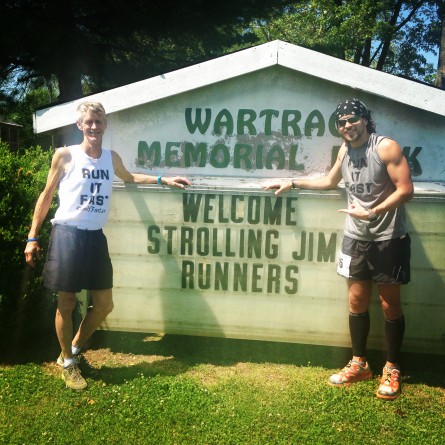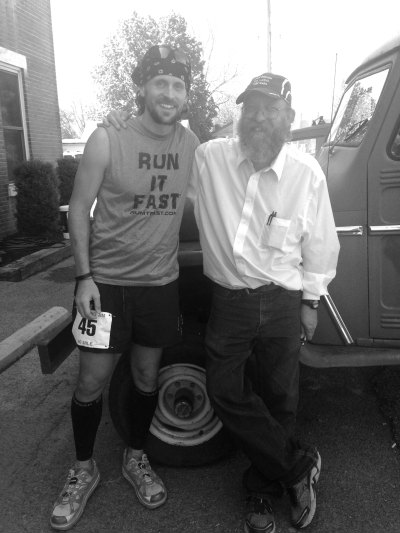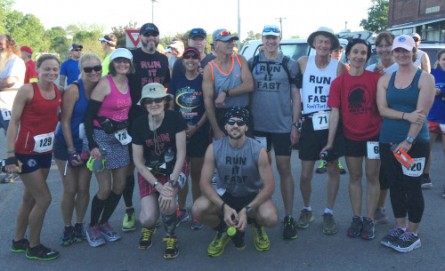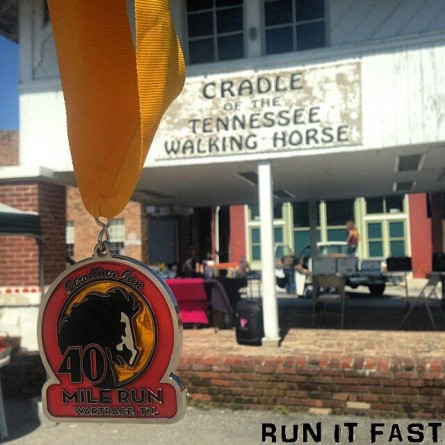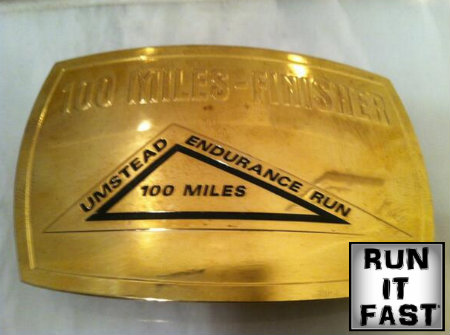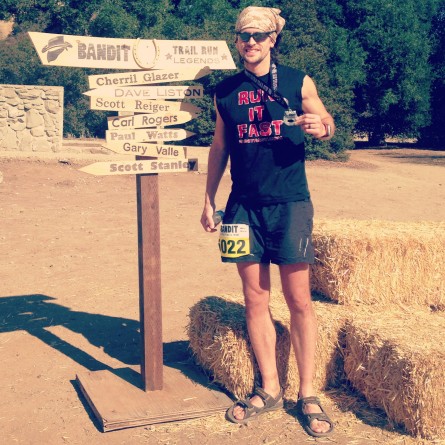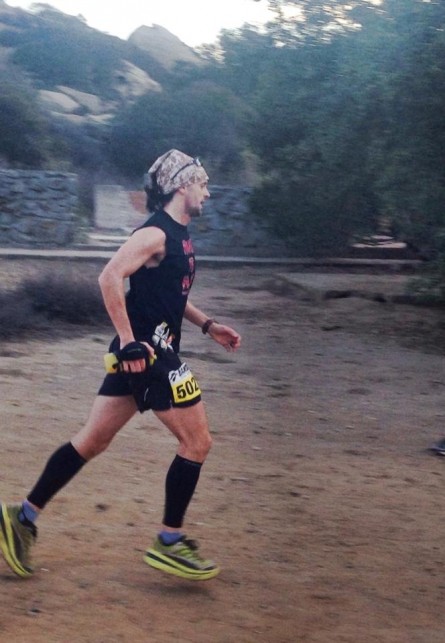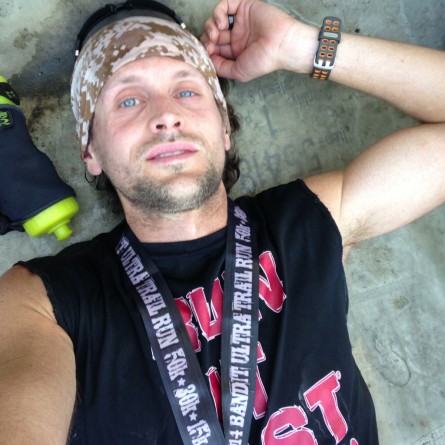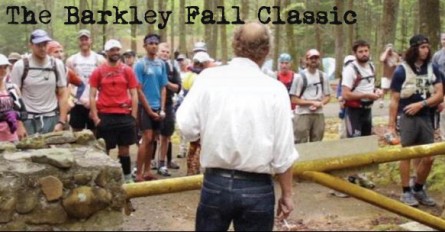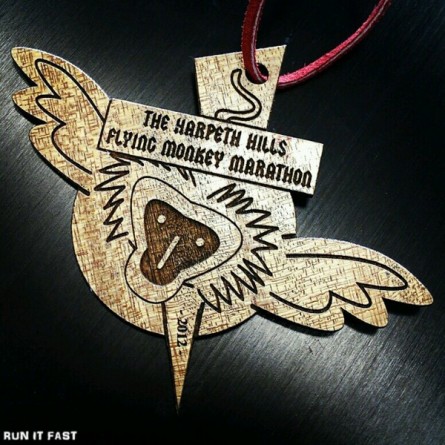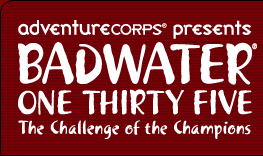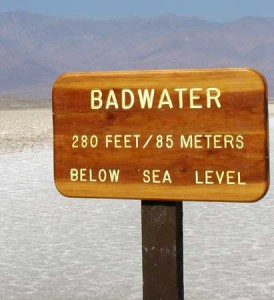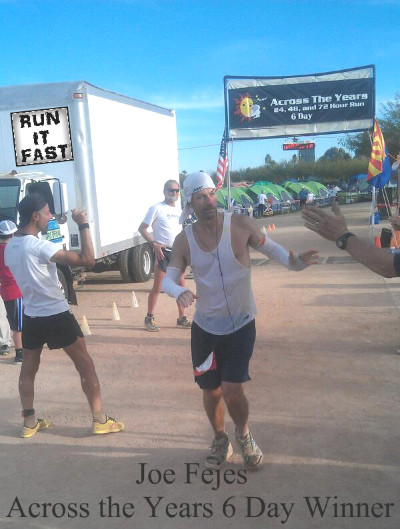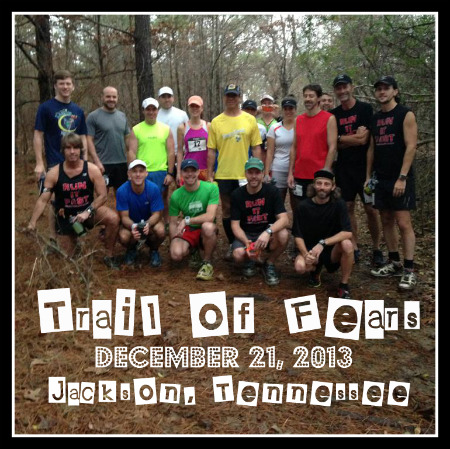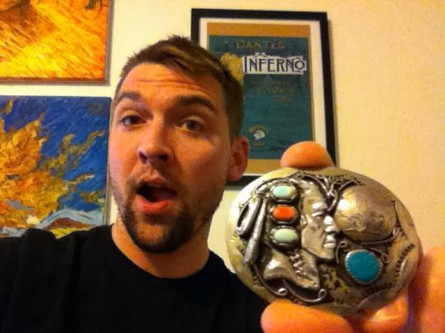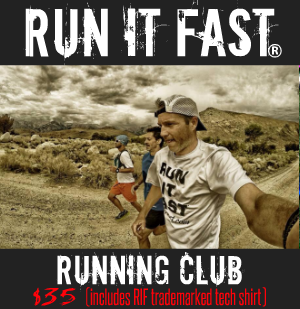As you can read below, Kostman adamantly doesn’t buy the parks stated reason/excuse claiming that DVNP’s decision was due to safety concerns. Kostman clearly details that Badwater 135, in 26 years, has never had a participant hit or injured by a car and that no accidents have taken place within the park during any of his races. Safety to Kostman and AdventureCORPS has always been a priority. He then goes on to state that the random deaths that have happened within the park, happened outside of any race, and involved tourists and a park ranger but never an athlete in an event.
Kostman details how AdventureCORPS has always put safety first in hosting their events and that they hold themselves to a much higher standard than DVNP or anyone else ever could. Safety has always been a priority to them and that AdventureCORPS flawless record to date affirms that.
The Death Valley National Park staff can “play the safety card” all they want, but they are not the only people concerned with the safety of the event, in fact, far from it. As the organizers of the Badwater 135 and four other events normally held annually within DVNP, we are particularly and necessarily concerned with the safety of both event participants and the public at large. Additionally, a meeting with DVNP staff in December included representatives of both Inyo County and the California Highway Patrol who spoke on behalf of the safety record of the events and lobbied for the events to be held in 2014 and beyond. In our opinion, the DVNP staff are grossly exaggerating the safety issue, and, in so doing, they are smearing the reputation of the Badwater 135 and other events, perhaps to build a case for severely restricting, if not banning, some or all events from being held in the Park.
The DVNP staff can claim “near misses” on the highway between cars and pedestrians all they want, but where is the proof? The facts of the matter are simple and irrefutable: In the 26 history of the Badwater 135 Ultramarathon, not one event participant, supporter, or bystander has ever been struck by a car, nor have there been any car crashes other than one family member – not an active crew member – who simply drove off the road in 2012, perhaps because of a medical condition. Not one event participant, supporter, or bystander has been evacuated by ambulance. Not one event participant, supporter, or bystander has been issued a citation by DVNP Rangers, California Highway Patrol, or Inyo County Sheriff’s deputies in association with the event. DVNP statements to the press about “mass casualties” and “dead bodies” would seem to incite fear and overstate dangers. After all, in 2014, who can question anything about “safety”?
Meanwhile, three to four people die within Death Valley National Park every year, most recently an NPS employee who was working alone on the little-used and unpaved Westside Road during a heat wave with, according to those in the know, no functional radio and only minimal supplies. He died a tragic death of heat stroke after walking 4.6 miles, in vain, in search of help.
There have been no deaths associated with any sports event held within the Park, ever. (Contrarily, there have been deaths during sporting events in other Parks, but said events were not stopped.)
Special Event Permits have been issued to our organization 89 times over the past 24 years by Death Valley National Park without incident and without refusal, until now. Similarly, nearly all of the events also require permits from the California Department of Transportation, Inyo County, and/or United States Forest Service. Presumably all those government agencies are similarly concerned about any safety impacts that the events may present, yet none of those agencies has refused to issue permits or placed a “moratorium” on issuing permits. None of those agencies is casting aspersions on the reputations of the events, nor denying the opportunity for athletes to come from all over the world to enjoy this Park and pump money into the Park and the local economy.
In our December meeting with DVNP staff, we presented an eight-page proposal to further enhance the safety of the Badwater 135, a plan that clearly answers every issue brought up DVNP in their assessment of the July, 2013 event. While pointing out the impeccable safety record of the event, we explained that we are our own biggest critics and we hold our events up to the highest standards. We proposed effective, reasonable mitigation measures which will further enhance the event’s safety record and we requested the opportunity to demonstrate the effectiveness of these efforts during the July, 2014 edition of the event. We were refused, with no rationale given whatsoever. In fact, in all our correspondence and communication with the DVNP staff, and in everything we have read online and in the press, we have seen absolutely no rational explanation offered for the unprecedented decision to ban the events in 2014 while this “safety review” unfolds. It begs the question: How does one review the safety of something which isn’t even happening?
One further wonders what purpose it serves, and how public safety is enhanced, to effectively ban the event when the event will still be held in the very same county, on some of the very same roads, except outside DVNP jurisdiction? There will be no net change in overall event safety, nor public safety, by simply moving the event outside Park borders.
During the December meeting with DVNP, it was pointed out that the Park’s disallowing of the Badwater 135 in the summer of 2014 will simply cause dozens, perhaps scores, perhaps hundreds, of runners and their support crews to simply run the traditional route from Badwater in Death Valley to Mt. Whitney on their own, outside of an actual event. “It’s a free country,” after all, and the roads are open to the public, yet those types of “solo” runners will not be vetted for their worthiness to attempt such a feat, they will not be monitored by race officials and controlled by race rules and the possibility of time penalties or disqualification, they will not have a 15-person medical team with an ambulance on standby in case of emergency, they will not have any rules or guidelines limiting the number of support crew members and the number, size, and type of support vehicles.
In response to explaining how the “law of unintended consequences” would have the effect of unleashing these unregulated runners onto the roads within the Park, the Chief Ranger for DVNP stated “We are not their parent.” All of the DVNP staff in attendance showed no concern whatsoever for the potential for their staffing and resources being stretched thin while runners challenge the Badwater 135 race course all summer long with no oversight. They showed no concern for the potential for all these unsanctioned runners to impact public safety, even though they claimed that public safety was their primary concern in undertaking their “safety review” and banning the events in the interim.
In regards to cycling events, during the December meeting, DVNP staff, the Park Superintendent in particular, complained about the difficulty of passing bicyclists on the roadway, without changing lanes, during those occasional stretches of DVNP roadways that have double yellow stripes down the center of the road. This is the exact same type of complaint leveled at bicycle users by anti-bike and anti-pedestrian motorists all over America, with the implication being, quite falsely, that roads are intended for motor vehicles, that motorists have superior rights to use of the roads, that motorists have a right to never be inconvenienced nor forced to slow down. While this type of anti-bike bias is still all too common in America, the tide has turned in city after city, county after county, state after state, as government agencies realize that bicycling plays an important, crucial role in the wars on obesity, traffic jams, and pollution. Increasing the roadshare by bicyclists has become a priority for government agencies across America, including the National Park Service, which promotes bicycling as a way to enjoy and travel through Parks.
As for DVNP denying that events are not being “banned” in 2014, and that our statement to that effect is “erroneous” they are playing semantics. The fact of the matter is, one marathon will be held on February 1, but only because the organizers already had their permit in place before the ban went into effect. Other than that, the ban means that the following events will not take place during the “safety review” period, nor for many months afterward:
Feb 24-27
CORPScamp Death Valley
A five-day cycling camp based in Furnace Creek with about 50 participants who typically come from 12-15 states and several foreign countries. It has been held since 2008 without incident and was not “reviewed,” per se, during any recent edition, thus its potential impact, if any, has not be assessed.
March 1
Death Valley Century, Ultra Century, and Double Century – Spring edition
A one-day 100-mile, 150-mile, and 200-mile bicycle ride with about 300 participants who typically come from 15-20 states and several foreign countries. It has been held twice a year since 1990 without incident. Its sister event, a Fall edition held on the last weekend of October, was reviewed by two DVNP staff members: Safety Officer Peter Treuherz and Law Enforcement Ranger Jordan Mammil. Treuherz’s report has not been seen, but he was overwhelmingly favorable about the event in conversation that day, with only a few small constructive suggestions to make. Mammil’s report is entirely favorable towards the events. She stated, among other things, the following:
“In my opinion, the Century Bicycle Ride is a highly organized event drawing a diverse set of visitors. These visitors are able to enjoy the park in a very unique manner. The event essentially has no impact on the park, the visitors, or any of its resources. It is a nice way to bring revenue to adjacent businesses, and attract cyclist and their supporters to the area.”
“It appears that the event does not need monitoring. There is very little chance of disturbance to other visitors, and this event leaves very little, if any impact. The participants are other outdoor enthusiasts, sharing the joy of seeing a large section of the park with essentially no carbon footprint. In my mind, the park should do whatever it can to encourage and support such events.”
In late December, we received a letter from Park Superintendent Billings detailing a few minor criticisms or observations of this cycling event, and the tone and content of her letter was entirely negative. Granted, any event can be made safer, and a few “bad apples” will occasionally disregard event rules, but the event has an unblemished record and was enthusiastically endorsed by a law enforcement professional with many years of experience working on the open roads of multiple National Parks. Yet no mention of Ranger Mammil’s positive report regarding the event was made. No opportunity to host the March 1 edition was offered.
July 21-13
Badwater 135 Ultramarathon
Drawing up to 100 runners and their support crews from 20 or more countries and 20 or more American states, along with race support staff and the media and eyes of the world, this iconic event will take place on a Lone Pine, CA-based route just outside of DVNP boundaries. Still named “Badwater 135,” it will not begin at its namesake, Badwater, because of the DVNP ban on events in 2014. http://www.badwater.com/route/
October and Beyond:
DVNP finally posted their statement about the 2014 ban on their website on Christmas eve, 2013. In it, they stated, in part:
The safety assessment process is expected to be completed by Summer, 2014. The safety assessment report will include safety mitigations, specific park approval criteria and condition recommendations for sporting events within Death Valley National Park.
Based on the projected date for completion of the safety assessment, applications may be submitted for events that are scheduled from October 1, 2014 and beyond. The park will begin processing those applications when the safety review is completed. Findings from the risk assessment may require new conditions that will be required of all event coordinators to meet permit requirements and/or that some events may not be allowed in certain areas or permitted in the future if safety risks cannot be mitigated to an acceptable level.
Also:
Due to the complexity of the process, it can take several months to process a special use application and applicants are encourage to get their requests in early.
A quick read of the DVNP statement would suggest that it will be possible for special events to take place in October, 2014, but that is effectively impossible. This is because they have not set a firm deadline for completing their “safety review” and finalizing their new guidelines. They only state “by Summer, 2014,” however Summer does not end until September 23. They also stated, during the December meeting, to not expect resolution until the end of their fiscal year, which ends on September 30.
Their online statement also states that, though permit applications may be submitted at any time, they will not review them until their internal process is complete. As such, there is little logic in applying to host special events until all the details, new regulations, and new restrictions are known. Additionally, a full field of athletes, a full event staff and cadre of volunteers, and all the operational details that are needed to host and produce an event do not just fall out of the clear blue sky; they take time, usually 6 to 12 months on average, to pull together. Therefore, the inference by DVNP that sporting events could take place in October of this year is erroneous and misleading at best. This ban therefore impacts multiple events which might have been held in October, but which are also effectively banned by DVNP this year:
The Whitney Classic charity ride from Badwater to Mt. Whitney, held annually since the 1980s, will not be able to take place on its traditional last weekend of September. (Not an AdventureCORPS event.) http://www.summitadventure.com/whitney-classic/
Furnace Creek 508, a 508-mile cycling event held annually on the first weekend of October which has passed through DVNP since 1989, will have to be moved in its entirety to another state, rather than held this year on its traditional route. It averages 250 cyclists, riding solo or on two- or four-person relay teams, who come from all over the world to compete in what is known as “the toughest 48 hours in sport.” http://www.the508.com
The Ride to Cure Diabetes, held by and on behalf of Juvenile Diabetes Research Foundation, raising over one million dollars annually for this cause, will not likely be held on its traditional date on the third weekend of October. (Not an AdventureCORPS event.) http://www2.jdrf.org/site/TR/Ride/JDRFNationalRides?pg=entry&fr_id=2246
The Fall edition of the Death Valley Century, Ultra Century, and Double Century will not be held on its traditional date on the last weekend of October.
I’m not clear how, or if, the 49ers Encampment, traditionally held in early November, will be impacted by the DVNP ban, but it must have implications for their event as well. Their event is not a sports event, but its size and scope, which far exceeds that of any of the sporting events, certainly have some impact on traffic and Park safety.
I will conclude by pointing out that DVNP spokesperson, Cheryl Chipman, has stated (perhaps “complained” is more accurate) that “the park doesn’t directly make money on such events, with permits costing $210 each. She said organizers cover the cost of a park employee required to monitor events,” according to the LA Times:http://www.latimes.com/travel/deals/la-trb-death-valley-badwater-race-permits-20131226,0,156333.story#ixzz2pkNbxFwR
This statement deliberately ignores many facts and positive economic impacts which the Badwater 135, and other events, bring to Death Valley National Park, including:
– The entire Stovepipe Wells Resort, including the motel, restaurant, bar, two stores, and gas station, are owned by the National Park Service and these events bring a tremendous amount of money to the location, which is at mile 42 of the Badwater 135 route. The general manager, David MacIlwraith, has stated “race day is one of our largest revenue days for the year for the General Store.”
– Event participants, staff, support crews, family, and friends all spend money in the gift shops operated by Death Valley Natural History Association, an organization which is based in and directly support the Park, its mission, and its operations.
– Many event participants support the Death Valley Natural History Association. In fact, AdventureCORPS has raised or donated over $19,000 to DVNHA in recent years and there are five plaques in the Death Valley National Park Visitors Center which acknowledge AdventureCORPS / Badwater 135 / Furnace Creek 508 support.
– One hundred percent of Park Entry Fees are paid by or on behalf of every participant in evert event. Meanwhile, traditional Park visitors are expected to voluntarily pay the Park entrance fee at a self-serve kiosk or by stopping in the Visitors Center. There are no toll booths on the highways or at Park borders as at Yosemite, Glacier, and other National Parks, because DVNP does not actually control Highway 190, the thoroughfare which passes through the Park. Thus, sport event participants all pay their way, while many other Park visitors ignore the entrance fee requirement.
– Participants in Death Valley sporting events become tireless Park Advocates because of their intimate experience of, and appreciation for, this dramatic landscape and American treasure. They tell their friends about the Park, post widely on the Internet about their experience, support the Death Valley Natural History Association, and become regular visitors. In a time of dwindling government funding for the National Park Service, our athletes are exactly the kind of people that the NPS desperately needs spending money within the Parks and extolling their critical importance to their neighbors and their House Representatives, Senators, and other government officials. Why slam the door on the best people the Parks have in their court?
All told, the impact of this 2014 Death Valley National Park ban on sporting events is absolutely massive, with reverberations across the globe, but especially within the Park itself and the gateway communities which depend on tourism dollars. The ban is also unprecedented and unnecessary, hurting the Park far more than it is helping it.
Yours in sport,
Chris Kostman,
Chief Adventure Officer and Race Director
AdventureCORPS, Inc.
So there you have it! Kostman does a strong job of clearly stating that AdventureCORPS has always put a priority on safety. He goes into detail about races within the park and what they bring to the community in terms of revenue and tourism.
We are hoping that DVNP will quickly reverse it’s decision and once again start granting permits to Badwater 135 and all the rest of the great running and cycling events that happen every year in the park.
Badwater 135 is an international event that brings the best athletes in the world to Death Valley National Park and the best out of the human spirit in those that come to run, crew, cheer, and witness what the human body can accomplish within the beautiful landscape of DVNP. The park and race officials had enjoyed a great working relationship for three decades before Billings came into power this past year.
We hope common sense will win out with Billings, that all of the races in DVNP will once again resume, and that DVNP and race directors alike can work TOGETHER to ensure safety for all involved in these great events that bring lots of attention and revenue to the area.
